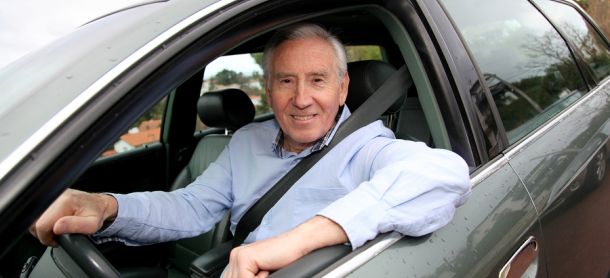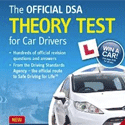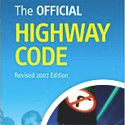
The number of drivers over the age of 80 is set to increase to just under 1.3 million by 2022. But should this make our roads a more dangerous place?
The UK’s aging population has prompted some to question whether there is a need for our older drivers to be more stringently monitored and tested. Some well known figures such as Stirling Moss, and some Road Safety Groups have voiced their opinions that older drivers should be routinely retested to ensure reaction times and knowledge of current road signs are all at a satisfactory level. However, both the current and previous governments have resisted calls for the compulsory re-testing of the over 70’s.
So what do over 70’s need to do to maintain their driving status? Currently motorists are required to renew their licence when they reach 70 and then every three years after that. There is no requirement to undergo a driving test or medical examination, but drivers are required to make a medical declaration (declaring their fitness to drive) which must be countersigned by their GP. GPs are obliged to inform the DVLA if they believe a patient should give up driving due to their health.
So why do older drivers attract such bad press and is it warranted? Well according to statistics by the Institute of Advanced Motorists (IAM), quite simply…..no. Their keys findings show that the safest age group for driving is the 50-59 group with the majority of accidents being caused by the younger drivers.
IAM’s Director of Policy and Research, Neil Greig, stated ‘the common assumption is that older drivers are a danger on the roads. Just eight per cent of drivers are over 70 and they are involved in around four per cent of injury crashes; but of the 15 per cent of drivers who are in their teens and 20s, 34 per cent are involved in injury crashes”.
IAM’s chief executive, Simon Best has defended the rights of older drivers to continue to drive. He said “Older people need their cars which give them better mobility and access to more activities and services. Rather than seeking to prevent older people from driving, we should make them more aware of the risks they face, and offer them driving assessments to help them eliminate bad habits. Driving helps older people play a full and active part in society”.










